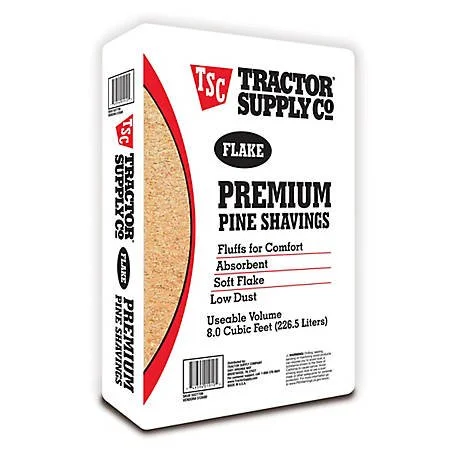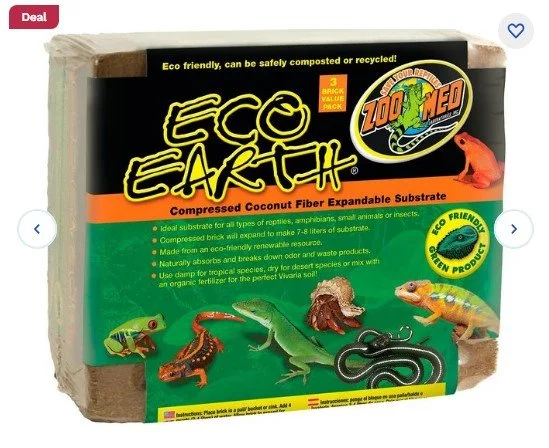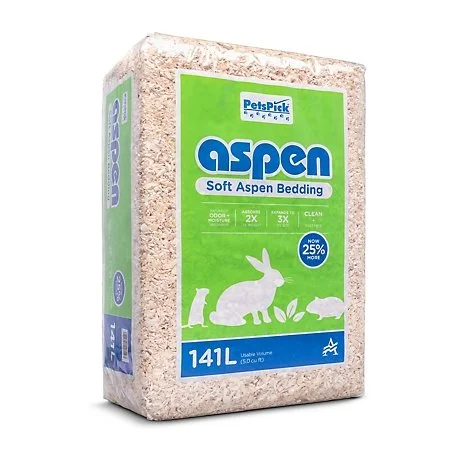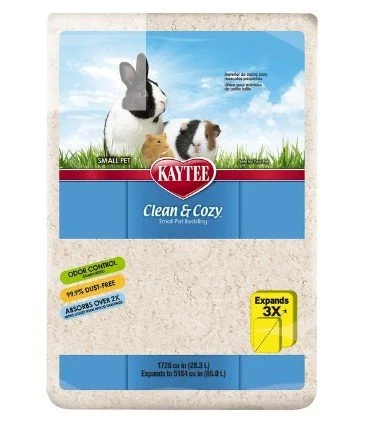Listed below is a handful of cages I would recommend to anyone starting out. Not all suitable cages have been listed here. If you are curious if your cage meets minimum requirements please hit the contact button to inquire. Please note the size of cage necessary is based on the amount of rats. DIY bin cages should be at minimum 105qt size with 2 rats maximum for the minimal spacing. All of these cages have the minimum required floor space for at least 2 rats (2 cubic feet per rat), proper ventilation/air flow, and plenty of space for enrichment. Any wire bottoms need to be covered with a hard surface (cardboard covered in fleece, etc.) to prevent injury. 1/2 inch bar spacing is recommended for any babies and adult rats, but 1” bar space is suitable for large adult rats only as babies WILL escape. While rats are great climbers, it is not a requirement for housing rats as they are floor dwellers. It is, however, required to have housing that is tall enough so the rat can stand up properly.
The critter nation is a very popular and favorite cage among most pet rat owners. It is easy to clean, plenty of space, and a double can house up to 8 rats comfortably. Add-ons are available to expand your cage.
The Feisty Ferret Home is a cheaper alternative to a critter nation, however, the bar spacing is 1” making this cage only suitable for adult rats unless you cover the sides with wire mesh.
This cage isn’t a favorite of mine, but it is still suitable for adult rats only with the cage having 1” bar spacing. It does have a wire bottom which will need to be covered to prevent bumblefoot.
The Frisco cage is another very popular cage among rat owners. It is very similar to the critter nation with 1/2” bar spacing and has a built-in scatter guard. For this reason, the Frisco cage is my personal favorite for pet owners.
The DIY bin cage is what I personally use for my breeding program. I would recommend this cage to any breeders and owners who want to maximize their space and stay organized. The bin shown in the picture is 105qt and suitable for 2 rats, or a mom and her babies. They are the easiest to clean, provide proper ventilation, and can be filled with proper enrichment if done properly.
ABSOLUTELY NO TANKS SHOULD EVER BE USED FOR ANY REASON
Let’s Talk Bedding
When it comes to bedding, there are a lot of options to choose from. Unfortunately some of the bedding advertised for rats and other small animals isn’t as safe as the product claims. The number one bedding to stay away from is anything cedar because it is extremely toxic for rats to inhale. All kiln dried aspen and pine flakes is safe to use, however, recent studies indicate that levels of phenol in pine bedding differentiates per-brand due to the differing process of kiln drying. If you plan on using pine flakes, please look into the level of phenols that brand claims. Anything under 25ppm phenol concentrate is considered safe according to this study. Results may vary depending on the genetic health makeup of your rats. Rats that have strong immune systems have been known to have no side effects when using this bedding, but those with poor immune systems may have respiratory issues occur shortly after making the switch.
I personally use TSC pine flakes and have been since 2021. I haven’t had to treat for respiratory distress despite having varieties such as Harley, Rex, and Harrex who are more susceptible. There has been no connection between the bedding and any passing of my rats.
Whichever bedding you decide to use, please freeze for a minimum 24hrs prior to use. This helps kill off any mites or lice and other parasites hiding inside. Mixing in some diatomaceous earth or spraying Pestavert when doing bedding changeovers will ensure no pests remain.
Here is a list of bedding I would recommend:
TSC Pine Flakes - make sure you get the flakes and not “fine”. Use this only with rats that have strong immune systems.
Please use this ONLY if you are doing a bioactive setup. It is not suitable for regular bedding use. Please do your own research prior to creating a bioactive setup.
Here is a list of bedding I would NOT recommend for primary use:
Paper is very absorbent, it is not recommended to use as primary bedding due to the ammonia build up, often causing URI’s. If you are already using this option please ensure to change bedding more frequently to prevent ammonia build up. It isn’t super efficient so it’s not my recommendation and I would say it is not suitable for proper care. It will be required to change bedding if you plan to adopt from this rattery. You may use this as nesting material or mix with regular primary bedding.
Fleece Bedding
While fleece bedding can look appealing due to the colors and plush comfort, it is not suitable as a form of bedding for pet rats. Fleece does not absorb any moisture, which means this needs to be changed DAILY to prevent any sickness from occurring. It offers no substance to use as bedding, and is discouraging enrichment for fossorial creatures such as rats.
Depending on where you get them from, the prices may vary. Popular sites to search are Amazon, Chewy, and the brand sites themselves.
If you're wondering why your rat's home stinks so much there are some things you should keep in mind to help with the smell. You want to ensure you're not over-cleaning as this can lead to scent marking, making a stinkier cage. It is recommended you spot clean every 1-3 days or as needed and deep clean 1x every week. To deep clean means scrubbing down all surfaces, washing hammocks, changing bedding, soaking all plastic accessories, and wiping down exterior cage wire to ensure your rat has a clean home. Soaking items with vinegar water solution and rinsing with water will thoroughly clean any product without leaving an odor. Keep in mind these are RATS, they're gonna smell a little! By sticking to this cleaning routine and having proper bedding, the smell should be minimal. Adding an air purifier next to the cage will help if cleaning isn't cutting it.















